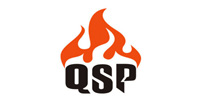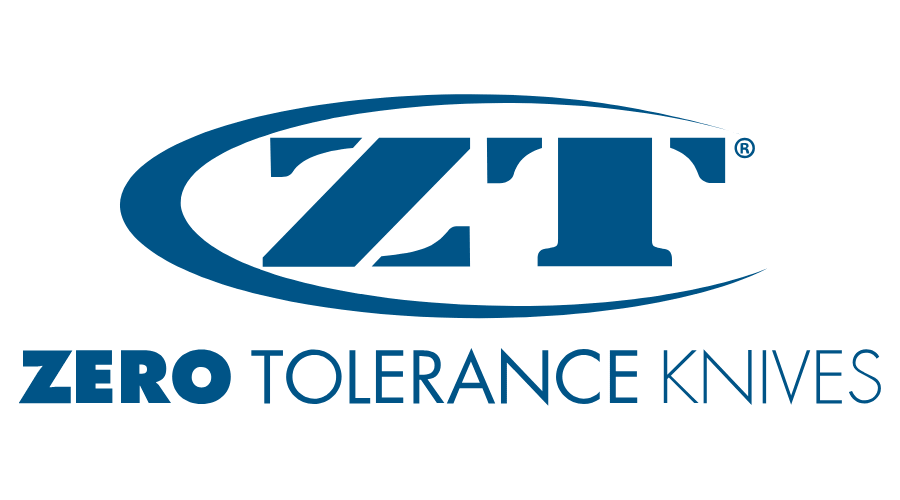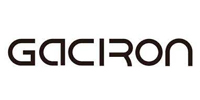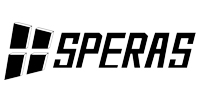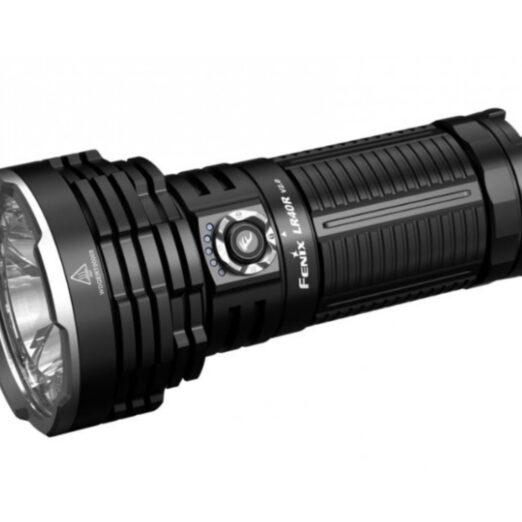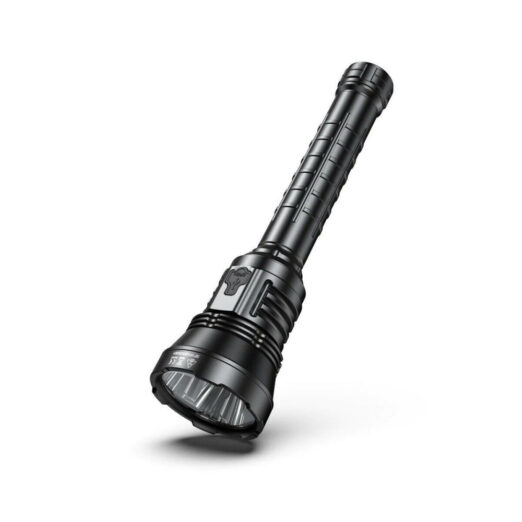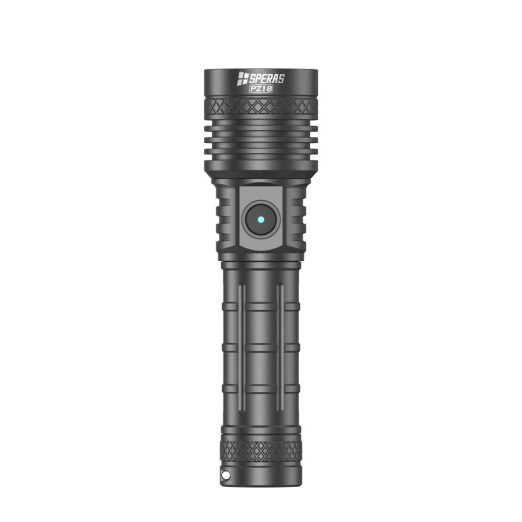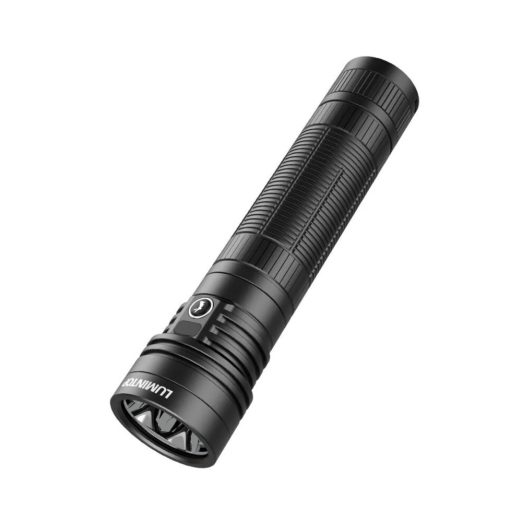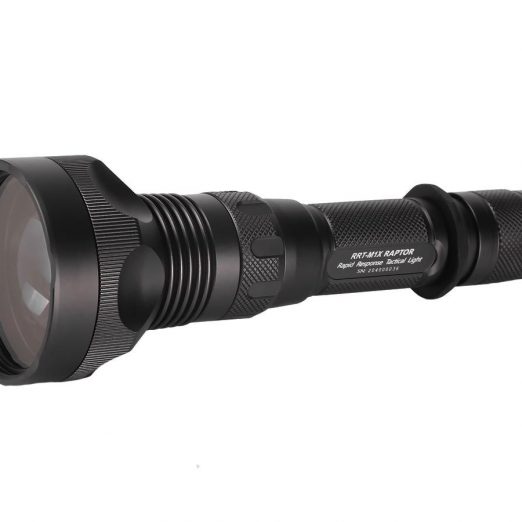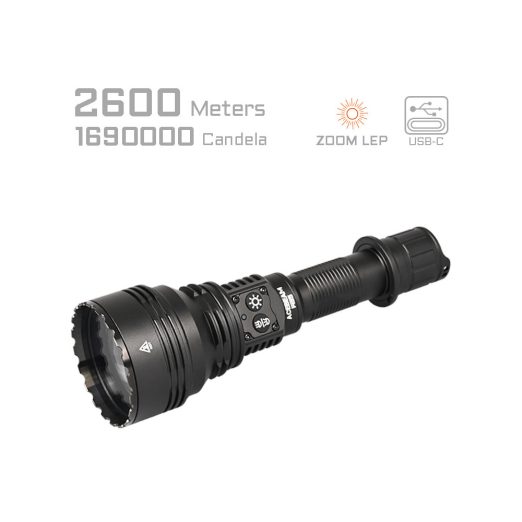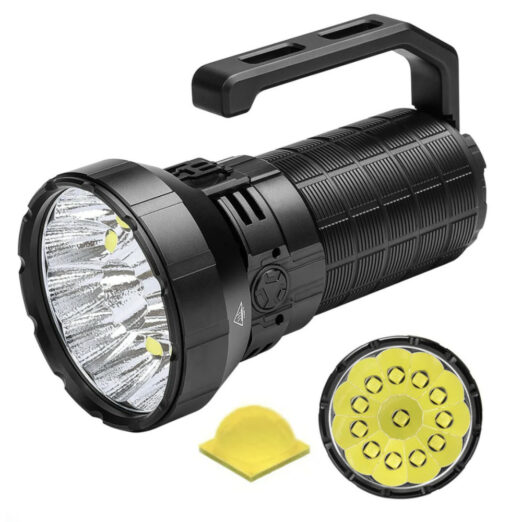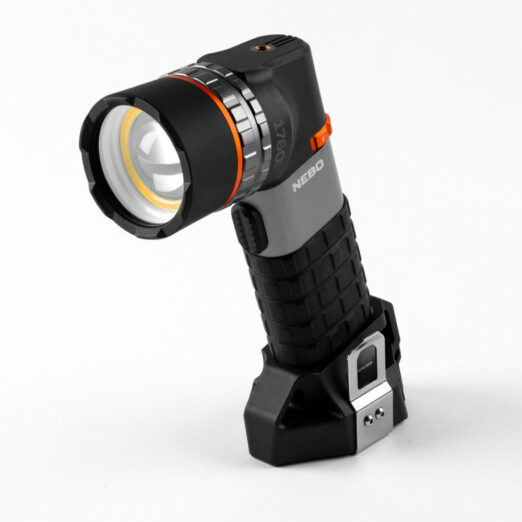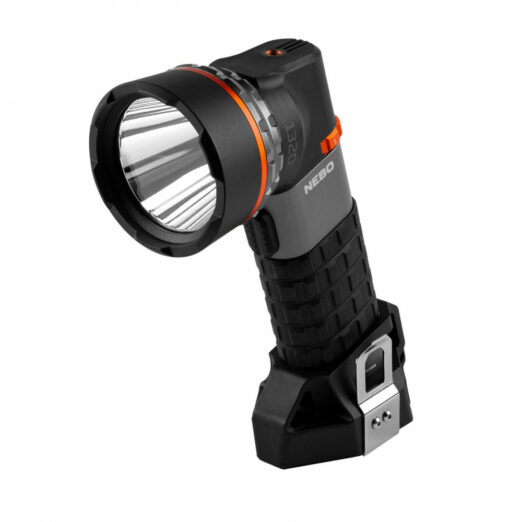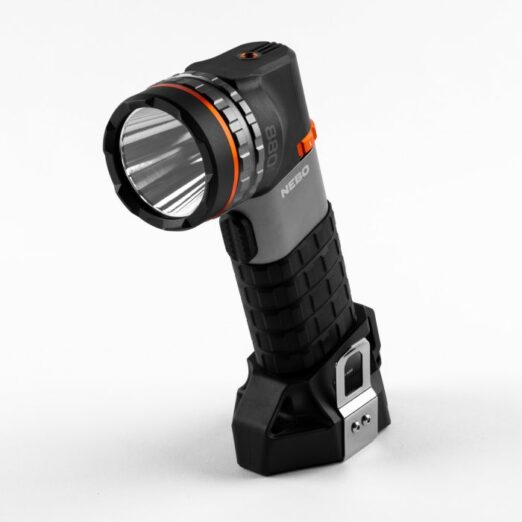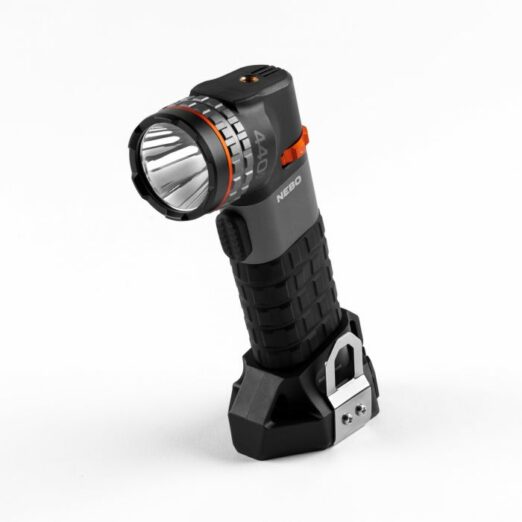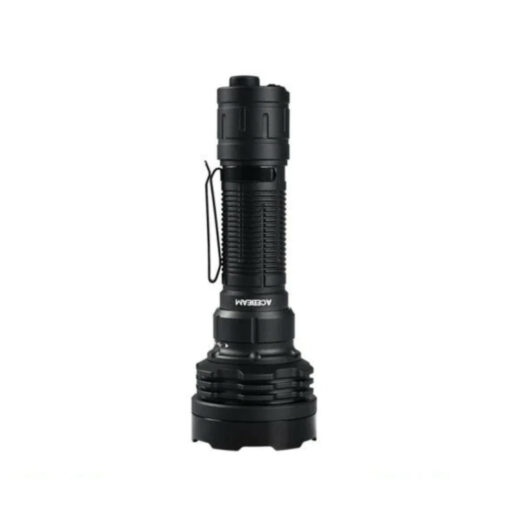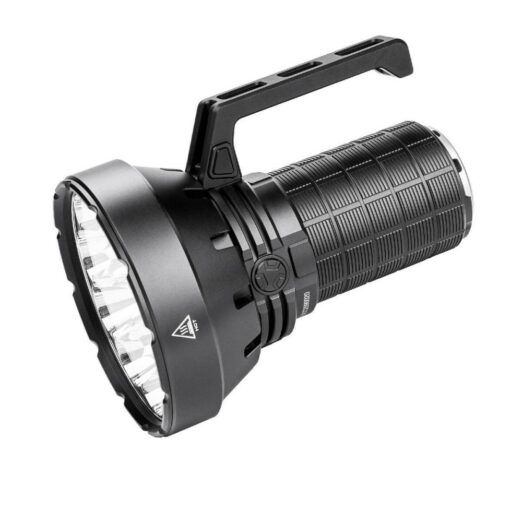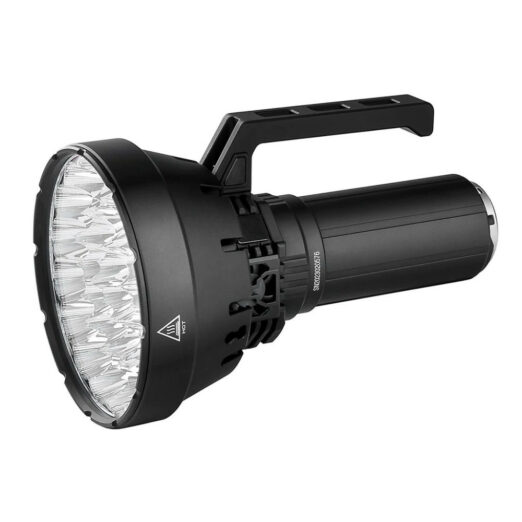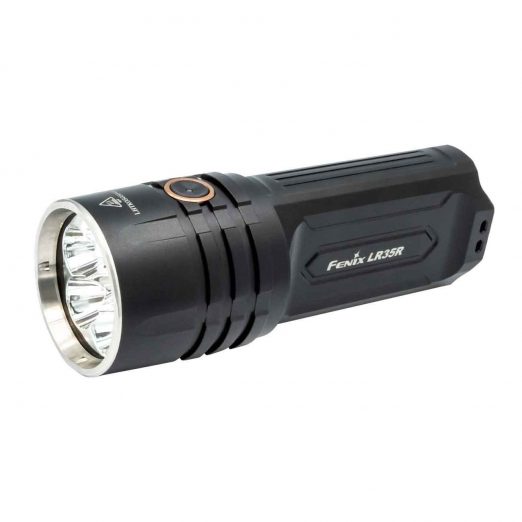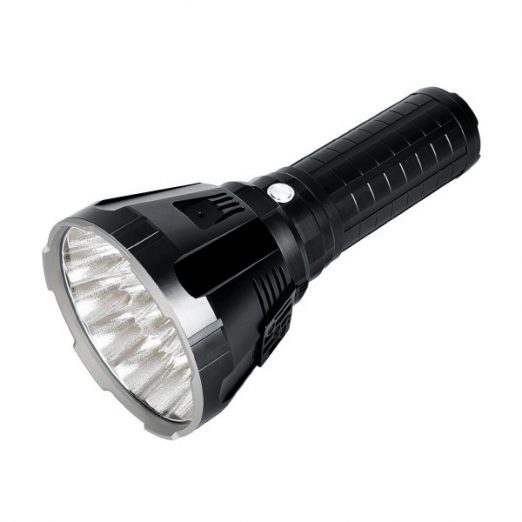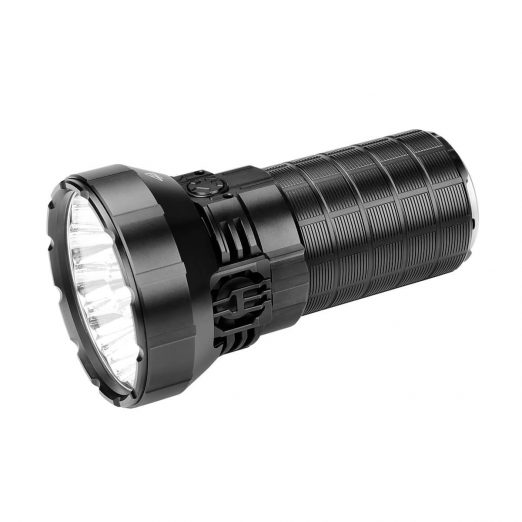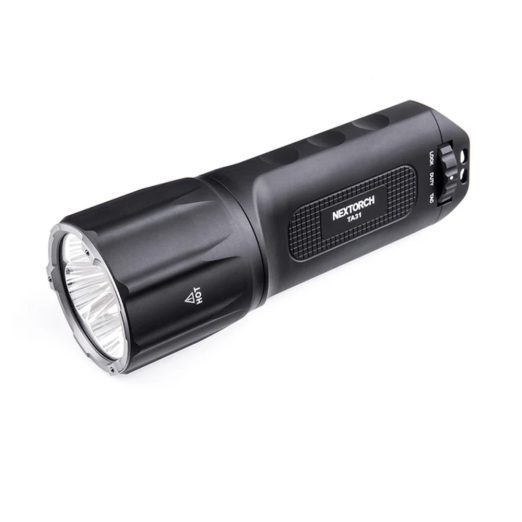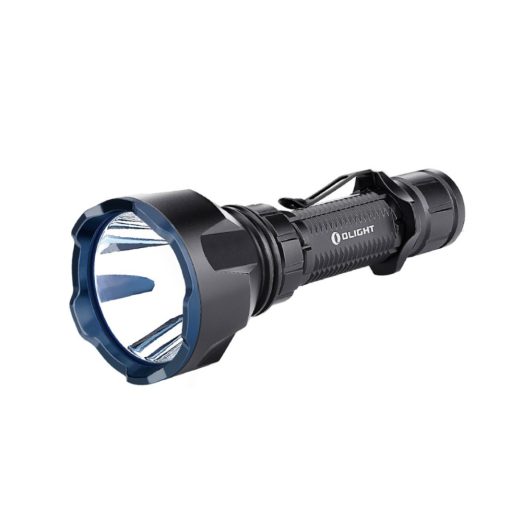What is a searchlight?
A searchlight, also known as a spotlight, is an apparatus that combines a highly intense light source with a mirrored parabolic reflector to project a powerful and concentrated beam of light. The purpose of a searchlight is to provide a long-range and highly visible illumination in a specific direction. Searchlights are often used in various contexts, including military operations, security purposes, entertainment events, and architectural lighting.
The construction of a searchlight involves a bright light source, such as an arc lamp or a high-intensity discharge lamp, and a reflector that focuses and directs the light into a beam. The reflector is typically parabolic in shape, allowing for the concentration and projection of the light over long distances. Searchlights can be rotated horizontally and vertically, providing the ability to sweep the light across a wide area or precisely target a specific point. They are particularly useful for applications where a strong and far-reaching light source is needed, such as illuminating large outdoor spaces, signaling, or conducting search and rescue operations.
What are searchlights used for?
Search are versatile devices that serve various purposes across different industries. Here are some common uses of searchlights:
-
Military and Defense: Searchlights have historically been used for military purposes, particularly in defense against nighttime bombing raids during World War II. They helped illuminate enemy aircraft and aid in target identification.
-
Security and Surveillance: Searchlights play a crucial role in security and surveillance applications. They can be used to illuminate large areas, such as parking lots, construction sites, or perimeter fences, enhancing visibility and deterring potential intruders.
-
Entertainment and Events: Searchlights are commonly used in the entertainment industry for dramatic lighting effects during concerts, theater performances, and outdoor events. They create captivating visual displays and draw attention to the stage or event area.
-
Promotions and Advertising: Searchlights are effective promotional tools, particularly for nighttime events or grand openings. The powerful beams of light attract attention and generate excitement, helping to increase public awareness and draw crowds.
-
Marine and Aviation: Searchlights are often used in marine and aviation settings. They aid in navigation, assisting ships and aircraft in identifying obstacles, markers, or landing zones in low visibility conditions.
-
Emergency Services: Searchlights are valuable tools for emergency services, such as search and rescue operations. They help illuminate large areas, making it easier to locate individuals or objects in challenging environments.
Who uses searchlights?
Searchlights are utilised by various industries and organizations for different purposes. Here are some examples of entities that commonly use searchlights:
-
Military: Searchlights have historically been used by the military for defense against nighttime bomber raids during wars. They were controlled by sound locators and radars to detect and track enemy aircraft. Searchlights also help illuminate targets during military operations, such as search and rescue missions.
-
Security and Law Enforcement: Searchlights are employed by security and law enforcement agencies for surveillance, perimeter lighting, and crime prevention purposes. They can illuminate large areas and aid in the detection of intruders or suspicious activities.
-
Entertainment Industry: Searchlights play a significant role in the entertainment industry. They are often used in concerts, theater productions, and outdoor events to create dramatic lighting effects and draw attention to performers or stages.
-
Promotions and Advertising: Searchlights are utilized in promotional events and advertising campaigns to attract attention and generate interest. They can be seen from a distance, making them effective for highlighting specific locations or events.
-
Architectural Lighting: Searchlights are sometimes used to illuminate iconic structures, landmarks, or architectural features. They can enhance the visual appeal of these structures and create a captivating nighttime display.








